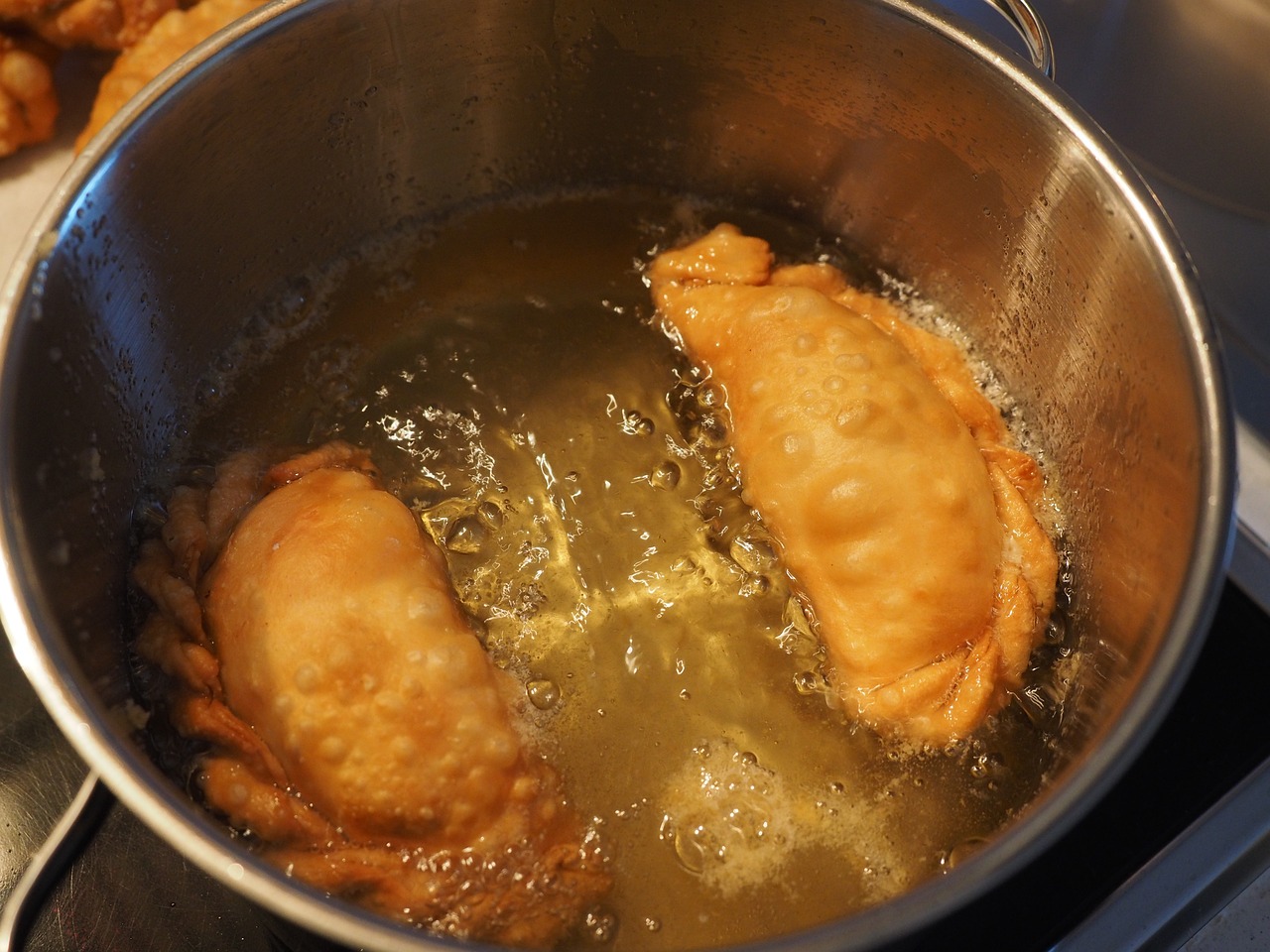Deep fryers in pubs and restaurants are unsung heroes. It is critical that we monitor and listen to them to ensure that everything runs well.
Although frying oil can be dangerous, it is a useful tool for identifying potential issues. You should usually expect some volatility, but what happens when cooking fat foams?
What is Cooking Grease Foam and what does it mean?
Chicken, fish, and potatoes are common fried dishes that are high in water content. The coating or batter normally keeps all of the liquid inside, but some water may escape.

Some bubbles on top of the fryer are normal. That’s simply water from the food evaporating. There are some other, more concerning causes of excessive foam.
Contamination
The most prevalent cause of cooking grease foam is contamination. The batter and coating on the food might frequently float off in the fryer, releasing water into the oil and causing excessive bubbling. The more food particles break free, the more foam forms in your frying oil.
This contamination may induce off-flavors in your meal or, at the very least, indicate when the oil should be filtered or disposed of. If oil is not properly maintained and replaced on a regular basis, the quality of your food suffers.
Your oil is too hot!
Any splash of water in oil grease indicates that it is hot enough to cook food adequately. Even basic frying oils, such as vegetable oil and peanut oil, might get too hot to use safely.

The ideal temperature for frying oil ranges between 350°F and 375°F. This guarantees that the meal is cooked properly and safely, without burning the outside. All oil has a smoke point when it burns and smokes, potentially resulting in a grease fire.
The ideal oils for frying have high smoke points, usually about 400°F or higher. Even if oil does not reach the smoke threshold, it can still be dangerously hot. Overheated oil will burn the outside of the food without heating the inside, resulting in excessive foaming caused by protein breakdown at the molecular level.
When Should You Dispose of Used Cooking Oils?
Cooking oil can be purified and reused multiple times before being thrown of. However, filtering has its limitations, so check for signals that it’s time to dispose of leftover cooking oil. Keep an eye on:
- A dark color with a goopy texture
- A harsh, acidic odor.
- Excessive foam, even when cooking at the appropriate temperature.
When it comes to how frequently used cooking oil should be disposed of, each restaurant or industrial kitchen has unique requirements. It all relies on the output, the type of coating used to fry, and the amount of fryer area available.
How to Reduce the Foam in Frying Oil
To provide the best meals for your customers and guests, keep your frying oil as fresh as possible. Here are a few tips for reducing foam.
Cook at lower temperatures.
Check that your fryer oil is within the 350°F-375°F temperature range. This not only ensures that fried food is the desired golden brown, but it also prevents fat from bubbling up and causing difficulties. This temperature range not only ensures compliance with food safety regulations, but also protects cooks from froth and forceful oil spray.
Get rid of excess moisture.
Some fried dishes, such as chicken and fish, have a high moisture content. While you can’t change their chemical composition, you may maintain the outside as dry as possible before dredging and frying it. To reduce foaming, everything that goes into the fryer should be thoroughly patted dry.
In addition, shake off any excess batter or breading to limit the amount that comes off in the frying.
Regular Cleaning
Oil should be filtered on a regular basis and removed before it might contaminate your meals. Used cooking oil tanks and direct pump systems make it simple to empty and store used grease that is unsuitable for frying. One of the most easy ways to ensure that diners receive high-quality meals is to use fresh, clean oil.








